Photography Part 1
THE FORENSIC PHOTOGRAPHY
INTRODUCTION
Definition of Terms:
PHOTOGRAPHY is an art or science, which deals with the reproduction of images through the action of light, upon sensitized materials (film or paper), with the aid of an image forming device and the chemical processes involved therein.
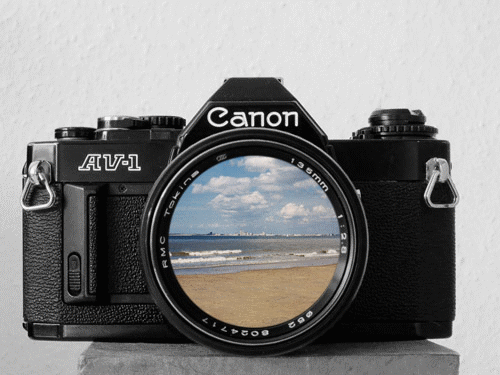
POLICE PHOTOGRAPHY is an art or science that deals with the study of the principles of photography, the preparation of photographic evidence, and its application to police work.

FORENSIC PHOTOGRAPHY is a deviation from normal photography that involves highly sophisticated and specialized photography compared to that of POLICE PHOTOGRAPHY.
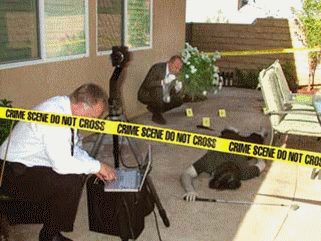
(a) is the art of producing an accurate reproduction of a crime scene or an accident scene for the benefit of a court.
(b) It is part of the process of evidence collecting.
(c) It provides investigators with photos of bodies, places, items involved in the crime.

INTRODUCTION AND CONCEPT
In our modern CRIMINAL JUSTICE SYSTEM, the investigator is required of objectivity, which can only be achieved by means of the scientific method of investigation. Of the numerous scientific means, PHOTOGRAPHY is one that plays a very important role both in criminal and civil cases.
The usefulness of Forensic Photography in a criminal investigation is very extensive. Small objects, but of great importance in a crime committed may escape in the first phase of the investigation, but may be seen and recovered only after closer examination of the photographs at the crime scene.

Investigators are sometimes compelled to reconstruct or describe in court some details of the crime scenes they have investigated several months ago. With the bulk of cases, the investigators handled, perhaps he would be confused or may not exactly recall some of these small objects and details or even the exact location of objects. However, with the aid of photographs taken from the crime scene, investigators will not find a hard time refreshing their minds and will be able to describe or explain the details in court.
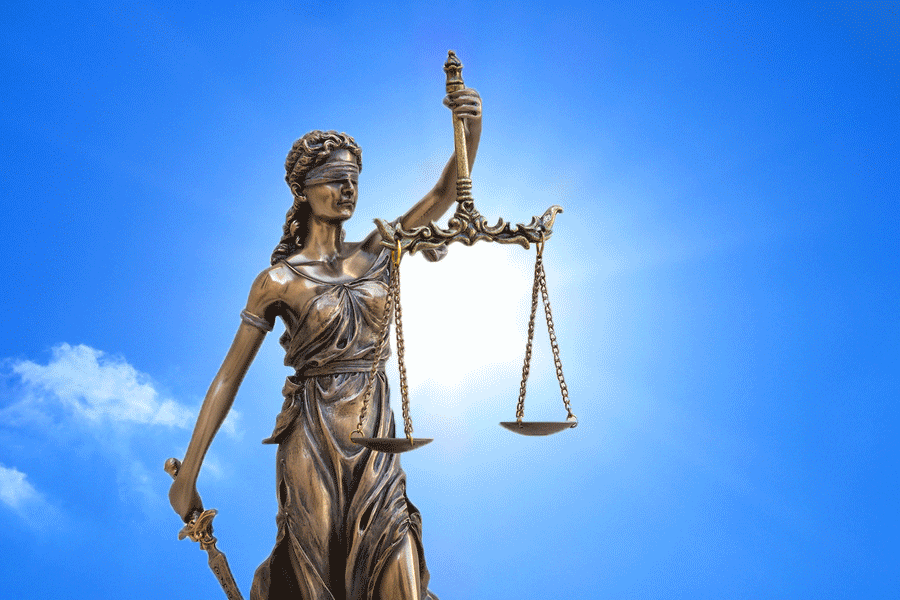
A good photograph of the scene is a permanent record, which is always available, especially in court presentations. In court proceedings, judges, fiscal and defense lawyers, generally never visited the crime scene. Photographs greatly facilitate them in interpreting the scene. Therefore, photographers should bear in mind to obtain NORMAL, SHARP, and FREE OF DISTORTION PHOTOGRAPHS of the crime scene. As a general rule take many photographs of the crime scene and select the best.
THE HISTORICAL DEVELOPMENT OF PHOTOGRAPHY
The following chronology summarizes the major technical developments in the invention and growth of PHOTOGRAPHY.
(1) In the early 18th Century, scientists found out and observed that silver salt turns dark once hit by light rays. In this principle, using a CAMERA OBSCURA, JOSEPH NIEPCE obtains camera images on paper sensitized with a silver-chloride solution; however, the fixation is only partial, and he regards his work as IMPERFECT and FAILURES.
(A camera obscure and an artist makes drawing out of the reflected image)
In 1826, NIEPCE achieves the first permanent photograph in a camera on a pewter plate coated with light gray bitumen after 8 hours of exposure. In 1829, Niepce uses silver plates in place of pewter to improve his work and finally made a partnership with LOUIS JACQUES MANDE DAGUERRE to perfect his inventions. In 1833, Niepce died and Daguerre takes over the actual experimentation.
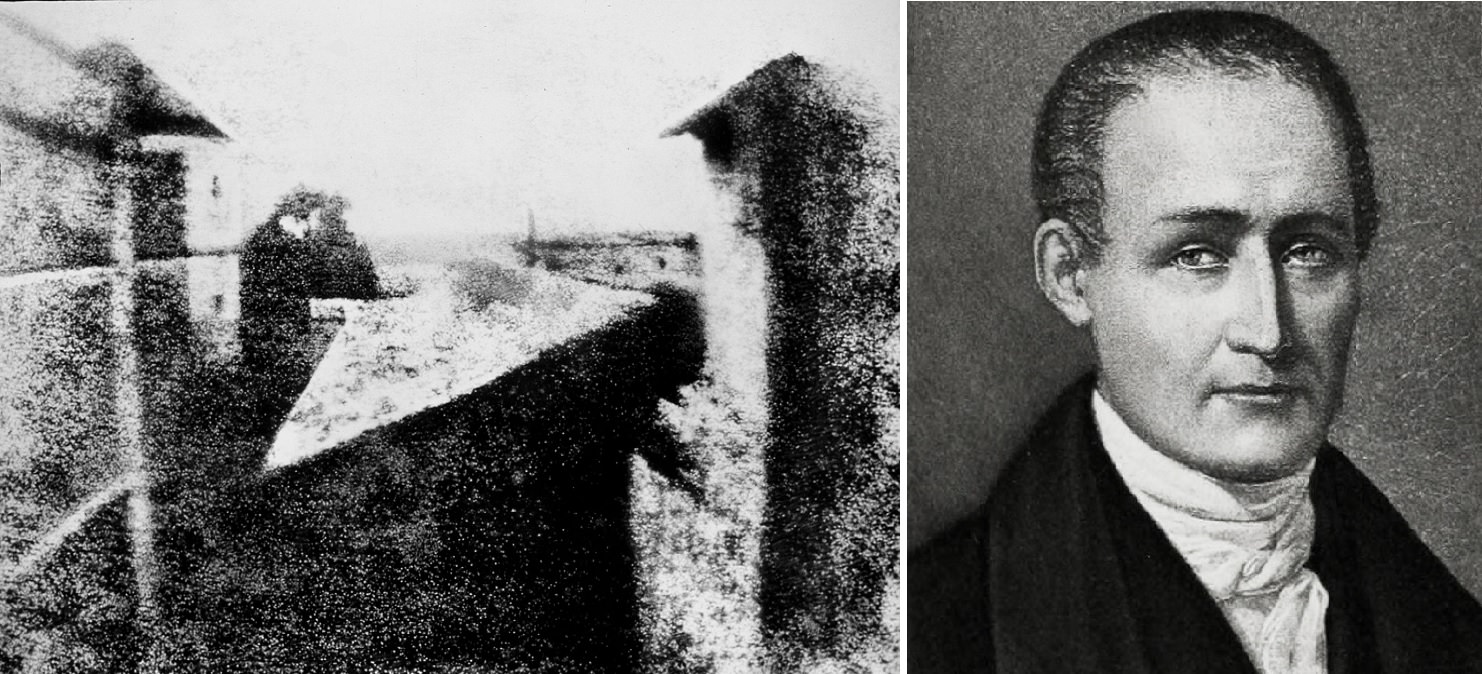
(May 1816, Joseph Niepce and his “first work of art – a view from a window/To read more about the “History of Photography you can download it in the link below)
(2) In England, WILLIAM HENRY FOX TALBOT obtains negative images on silver chloride paper by long printing and exposure in a camera obscura; but they are imperfectly fixed. In that same year also (1835) JACQUES MANDE DAGUERRE discovers that mercury fumes could develop an invisible image on a silver plate that is sensitized with iodine fumes before exposure. In 1839, Talbot pointed out the basis of modern photography. He mentioned that a negative is a suitable material so as to produce as many positive copies as desired by contact printing.

(3) On August 19, 1839, DAGUERREOTYPE, the first practical photographic process is given to the world. Exposures are uncomfortably long for portraiture, but images are made permanent by the use of hypo. The precision of details and exquisite beauty of these direct-positive images on a silver plate make the DAGUERREOTYPE an immediate world success, although the complex procedure and cost put it beyond the reach of most people.
(4) In 1840, (Australia-Hungary), JOSEPH M. PETZVAL design the first lens specifically for photographic use; its maximum aperture of F/3.6 makes possible portrait exposure of more than one minute, launching the most widespread use of DAGUERREOTYPE. Another lens is produced the following year by VOIGTLANDER (a known lens manufacturer) for use in the first all-metal unitized camera.

From this period, major achievements with the paper-negative process are made in 1843-1848 by HILL and ADAMSON and by various photographers in the continent. Many improvements and trends take place such as the use of collodion in place of albumin, this process is called AMBROTYPES. This is followed by the use of the twin-lens camera for stereo photography, the use of artificial light, color processing, the different sizes of films and cameras, aerial photography, and many more.
In 1976, the US KODAK instant print film PR10 is introduced, followed by the US Polavision self-processing color movie film, and lately the miniature camera used by the US secret agents. This is followed by automated development of film and printing papers, then the automated camera that developed for film and paper is not required. The trend in the field of photography, continuous and the introduction of the ULTRA-MINIATURE CAMERA, which is designed to handle extremely small format films, which range from 9.5 to 16mm (.37 to .63 inches) were known tools for both military and the police agents.

TODAY those things are of the past, although others prefer to use the old methods for purposes of evidential purpose because of integrity and authenticity. Most often we found that photographic equipment in display and museums because of the advent of DIGITAL PHOTOGRAPHY.

Other significant names:
[a] Thomas Wedgwood and Humprey Davy found that the action of daylight on certain chemical salts enabled them to produce a photographic image.
[b] Sir John Herschel suggested that the appropriate name for drawing with light is “PHOTOGRAPHY”.
[c] Frederick Scott Archer paves way for the use of today’s negative (the collodion and ambrotypes process).
AIMS & PURPOSE OF PHOTOGRAPHY IN LAW ENFORCEMENT
1. Take photographs of the following:
(a) Crime scene
(b) Suspects
(c) Detainees
(d) Prisoners
(e) Aliens (meaning immigrant/foreigners)
(f) All apprehended persons
(g) All applicants for clearances
(h) All military & civilian personnel
(i) Unknown cadaver
(j) Possessor & applicant to possess firearms
(k) Other physical evidence
2. Conduct comparative examination and analysis of questioned photographs or pictures to the known photograph.
3. Process color and black and white film, print, reduce and enlarge picture.
4. Reproduce pictures and other printed matters.
5. Compose a portrait by means of Portrait Composition.
6. Provides photographic intrusion detection devices.
7. Maintain Rogue Gallery
(Above is a further, but short guide on the history of photography: Enjoy Watching)
CARE AND HANDLING OF CAMERA
The basic function of a camera is to record a permanent image on a piece of film. When light enters a camera it passes through a lens and converges on the film. It forms a latent image on the film by chemically altering the silver halides contained in the film emulsion. When the film is developed, the image became visible in the form of negative. From a negative, a positive image, or a print can be made. IN OTHER WORDS, WHAT IS INSIDE YOUR CAMERA ARE SENSITIVE MATERIALS that need special handling. That is how we deal with practical photography; NOW, even with digital photography, the need to care for this small-to-large equipment is still necessary because every bit of data stored in the memory is still fragile and requires utmost care.
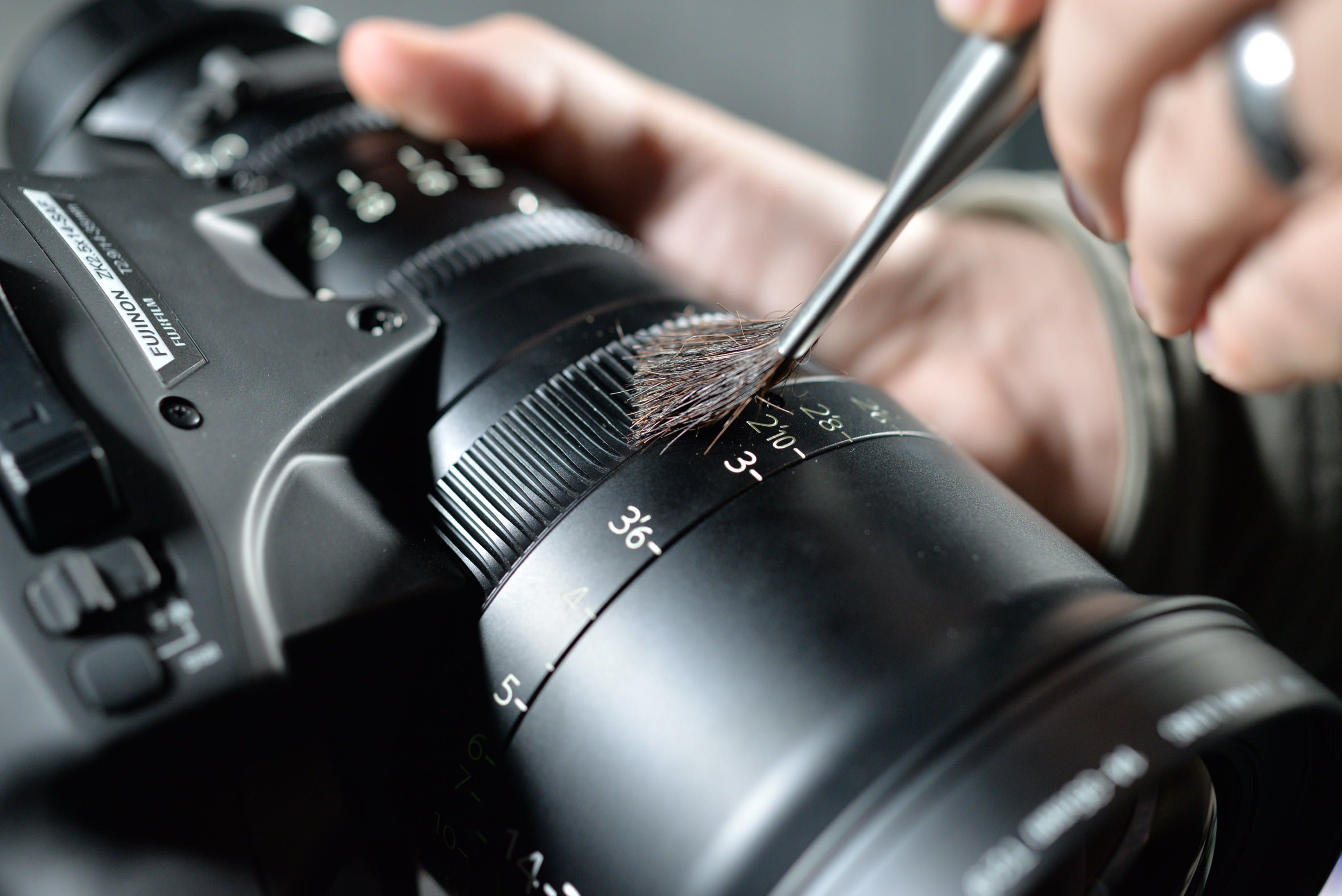
Since the time of the invention of the first camera, all cameras have operated on the same fundamental principles. A photographic technology developed; however, various camera functions underwent improvement. Thus, while the basic concept of the camera remains the same today, a wide range of accessories have been created to cope with special situations. In addition, special-purpose cameras have been developed that meet a variety of needs.
Cameras for police work are known as STILL CAMERAS. This camera is designed to do one thing; “to capture images in one single instant in time and space on the film”. Although there are many different kinds, they all have the same basic designs. The Single-Lens-Reflex camera which is the ultimate favorite of police photographers has its new brother found in digital technology, the Digital Single-Lens-Reflex camera whose manner of operation are the same but its components are different, YET THE WAY WE CARE IT IS THE SAME.
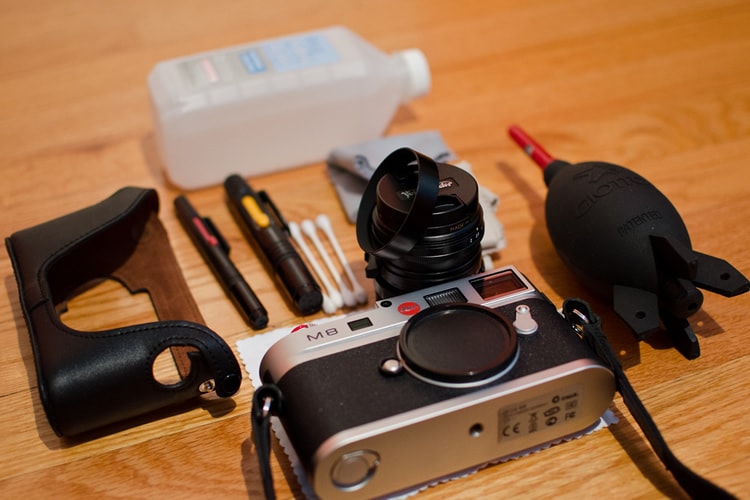
Proper care and handling are very essential for a camera because there are parts of it considered to be breakable and are highly sensitive especially when ready for use. This must be carried using a portable bag or built-in container to avoid dust and dirt. This must be kept dry and avoid contact with water and other liquid substances. Using oil in cleaning is not advisable, and if necessary, cleaning and repairing must be done by a qualified technician. Do not attempt to fix a camera without proper equipment and tools, for it may cause severe/serious damage to it.
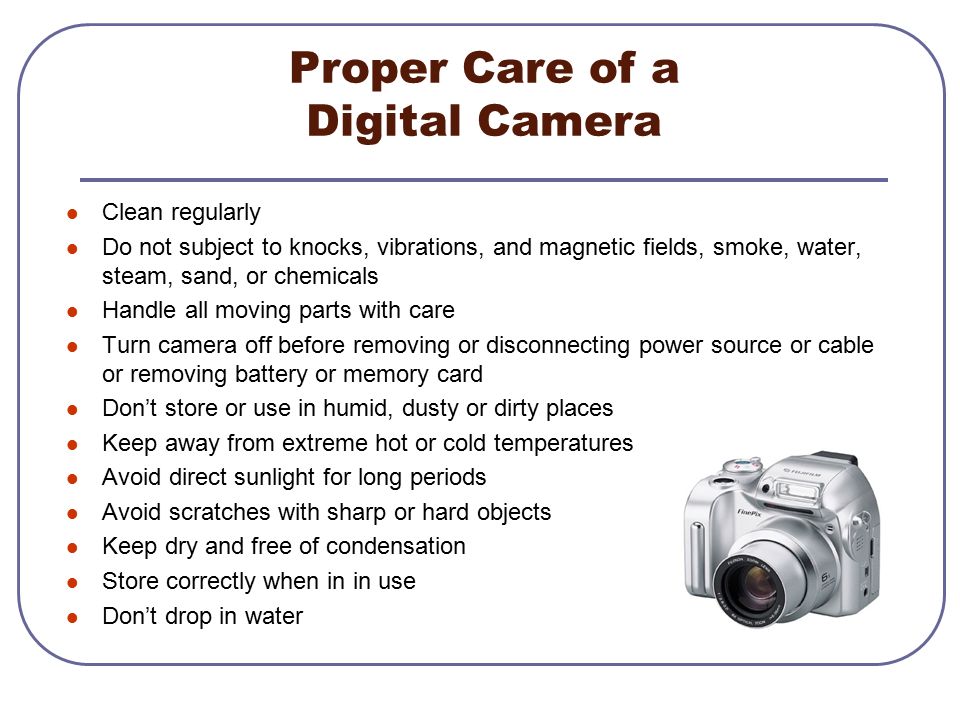
We are through with basic INTRODUCTION, A LITTLE HISTORY, and how to take care of photographic equipment, NOW get ready to move forward to a more advanced phase, the ELEMENTS OF PHOTOGRAPHY.
But before moving, take your quiz below and I am challenging you to pass TO GO TO THE NEXT STEP!
Click the “COMPLETE” button when ready for the quiz!
7 thoughts on “Photography Part 1”
Leave a Comment
You must be logged in to post a comment.
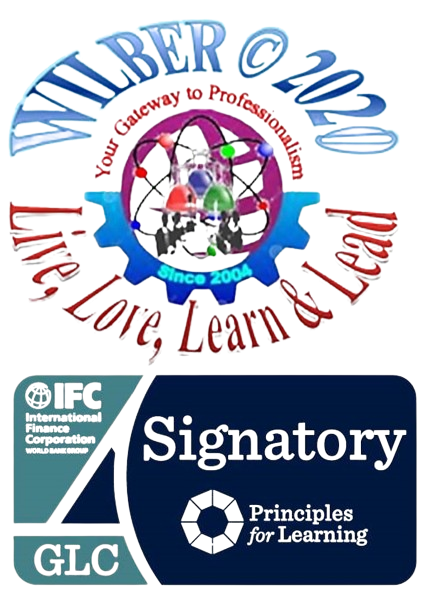
done
Photography Part 1
Photography part 1
Photography part 1
Done
Done
thankyou for the lesson